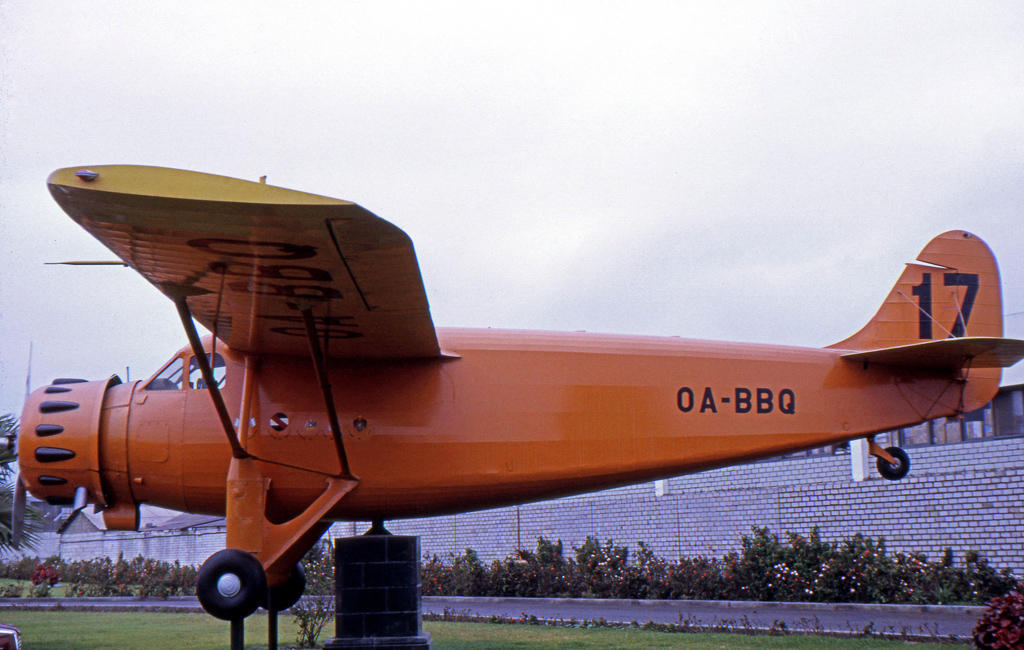The Stinsons of Elmer J. Faucett
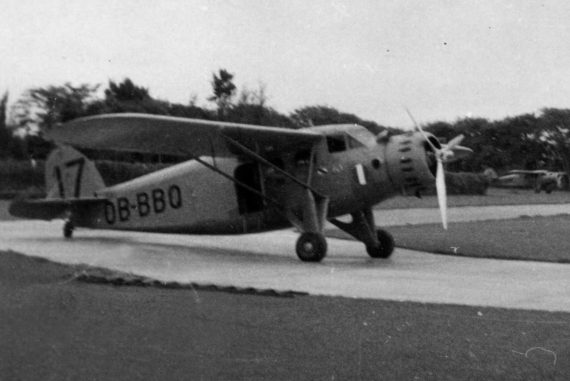
The vast Peruvian territory, a land of extreme weather and geographical conditions composed by a large coastline mostly covered by deserts, the Andes, a seemingly untamable mountain range, and the Amazon, and a wild and largely unexplored forest, presented as a promise for the aerial transport during the late twenties. In the year 1927 a couple small ventures were operating in the country providing commercial air transport services: one private, set up by the Curtiss Aircraft Co. commercial mission in the early twenties, providing mail, cargo and passenger transport services across the Peruvian coastal region; and another, set up by the Marina de Guerra del Perú (Peruvian Navy) in 1927, which provided cargo, correspondence and passenger transport between the coastal and the eastern region of the country, called the Línea Aérea de Montaña (Mountain Air Lines). These two services, however, proved insufficient to cover the growing demand and it was clear that the country was to become a battlefield for foreign companies looking to satisfy the existing demand. It was then when a young US citizen, Elmer James Faucett Clark, stepped into scene becoming a major player in Peruvian aviation scenario for the next half of a century.
Known among his friends as “Slim”, Elmer J. Faucett was born in the town of Savona, New York, on March 15, 1891. Born in a family of farmers, the young Elmer soon developed a strong will to know the “outside” world, and in the year 1915, at the age of 24, “Slim” left his hometown and moved to Hammondsport where he obtained a job at the Curtiss Aircraft Co. factory where he was trained as an aviation mechanic. Faucett soon developed a taste for aviation and learned to fly under the guidance of famous aviators Jim Ray and Floyd Bennett. This first contact with aviation was brief but fundamental in his future, and in the year 1916 he joined the US Army and soon found himself serving in the US-Mexico border under the command of General Pershing. Later, he left the army and joined the US Navy and after a while he found his way into aviation once again as, thanks to the skills obtained during his prior training, he was appointed to the Curtiss factory at Hammondsport, at the time busy producing numerous aircraft for the US military.
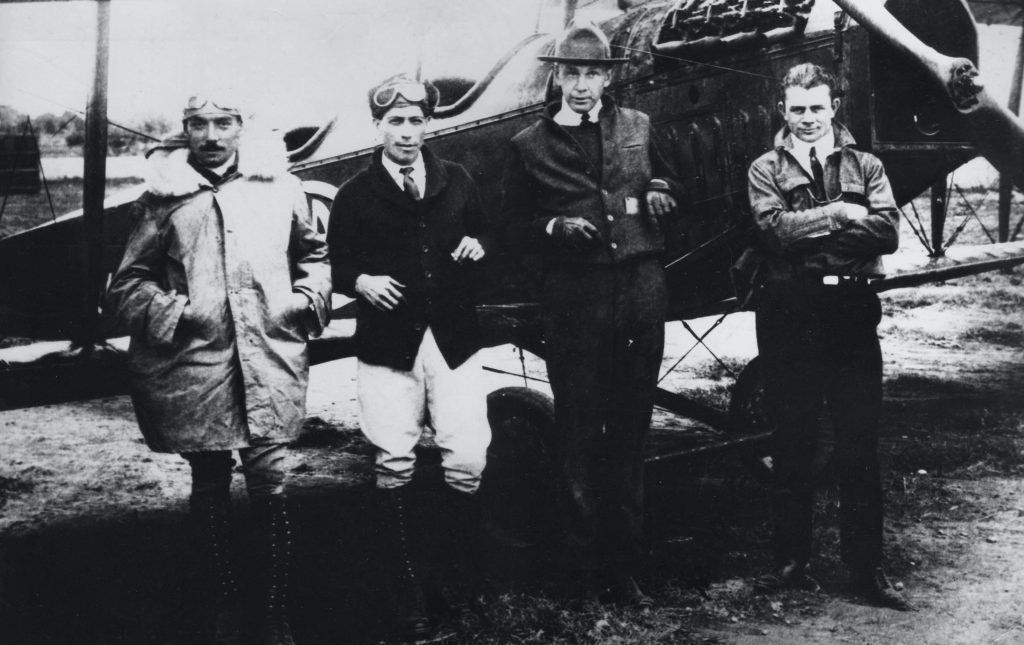
The year 1920 found “Slim” Faucett working at the Curtiss workshops located in Roosevelt Field, in NY, where he had climbed to mechanic chief position. The young mechanic, however, felt unhappy having to leave his feet on the ground while others put theirs on the skies and one day his will to fly made him “lease” one aircraft for a ride without permission, a rule violation that cost him his job. The now unemployed mechanic looked overseas to make his future and, learning about the establishment of a Curtiss aviation school in Lima, Peru, he decided try his fortune there and headed for the South American country, arriving at El Callao harbor on June 28, 1920.
Once settled in Peru “Slim” continued to pursue his dreams of becoming a pilot and shortly after his arrival he enrolled on the Curtiss Aircraft Co. aviation school, operating from the small civilian airfield at Bellavista, located near Callao harbor where, on March 1, 1921, he performed his first “solo” flight in the country. After obtaining his pilot’s license he was hired by the school and began to carry promotion flights to the interior of the country, visiting several towns in the Peruvian coastal and mountain regions. It was during that period that Faucett realized the large opportunities held by the country for commercial aviation and, with pretty much all of his savings, Faucett managed to purchase a second-hand Curtiss Oriole from the school. With this aircraft Elmer Faucett began his first independent flights to towns inside the country, aiming to raise interest and gather funds from possible investors in order to form a new business: a Peruvian airline service. His efforts proved fruitful and eventually, Faucett managed to obtain the funds required for his business from several Peruvian businessmen, among them Mr. Paul Winer, Ernesto Ayulo and Juan Pardo. With the capital raised, on early 1927 the Compañia de Aviación Faucett S.A. was established.
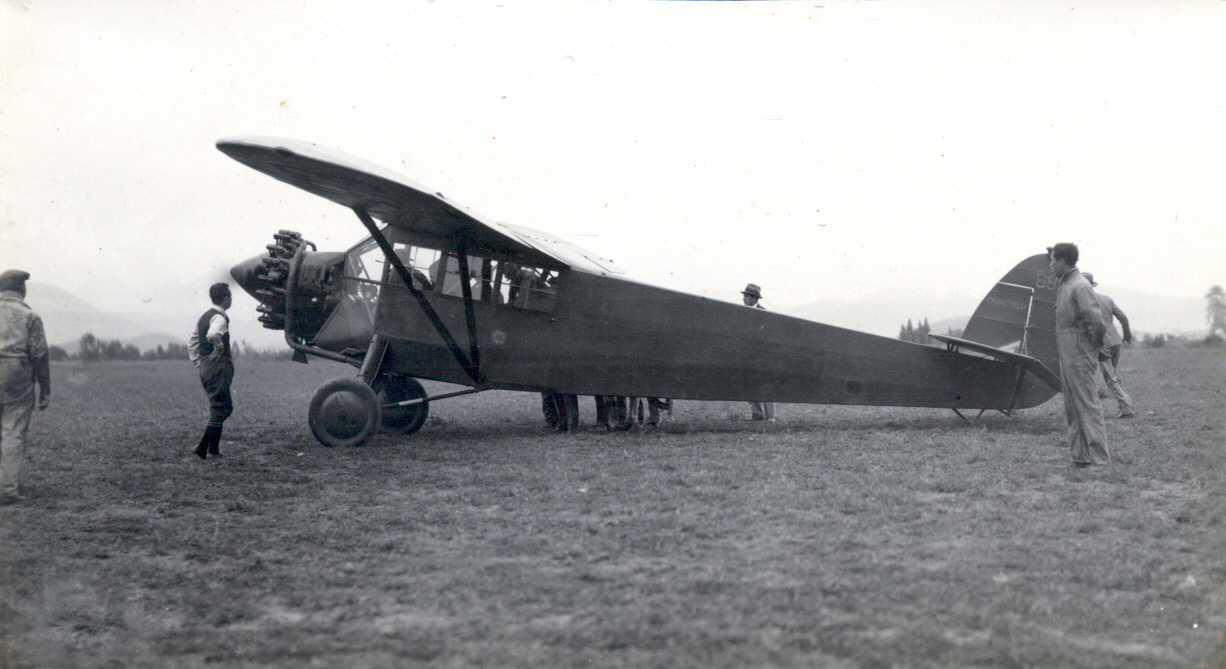
On June 4, 1928, the government issued Supreme Decree N°736 which gave Compañía de Aviación Faucett S.A. (the Faucett Aviation Co.) authorization to begin operations in Peruvian territory. At the time the company only owned a pair of aircraft: a Curtiss “Oriole” and a Fairchild FC-2W monoplane. With authorization to begin operations the company performed its first flight on September 15, 1928, when Faucett himself took off from the field at Las Palmas, Lima, bound to Talara, in Piura, aboard the Fairchild, carrying mail and four passengers. The company operations meet an early success and this aided Faucett secure additional investment from his associates which he used in the expansion of the company. A year later he purchased a 132,000 square meters terrain located in the Miraflores district where he began the construction of an airfield with a 700 meter long landing strip, as well as maintenance and administrative buildings for the company operations and he traveled to the United States in order to procure more aircraft for the company.
The first Stinson: the SM-1F
In the US “Slim” managed to acquire a pair of second hand Stinsons SM-1F “Detroiter” high wing transport monoplanes at $13500 dollars each, which arrived in Lima in early 1929 and become registered with civil serials OA-BBB and OA-BBC. The pair was soon followed by additional machines, and by the year 1930 the Faucett S.A. fleet was operating half a dozen Stinsons and a single Travel Air 6000B1 in several routes across Peruvian territory.
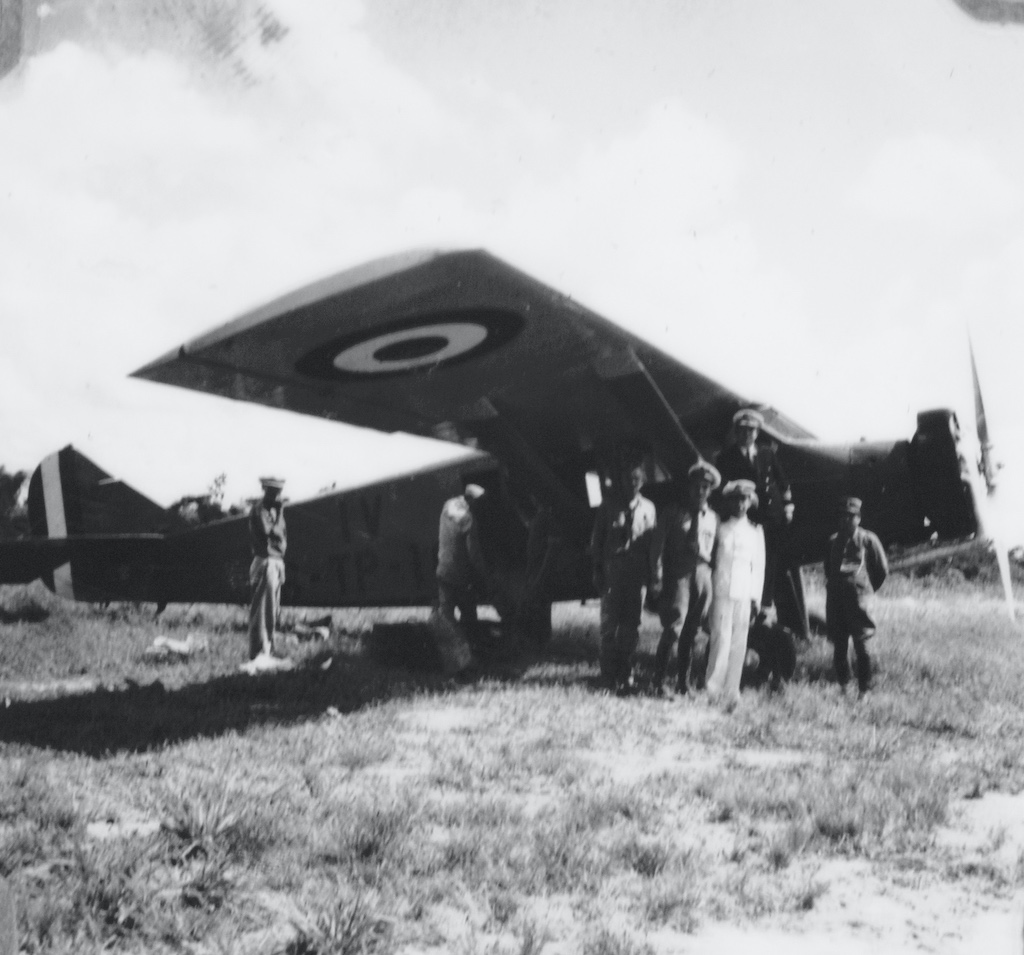
While the “Detroiter” featured some interesting advances such as soundproofed and heated cabin, its overall performance was found to be adequate for operations over the low-height coastal areas, but ill-suited for flights over the Andes mountain region due to lack of power. Additionally, after a few years of service their structures began to shown the effects caused by the roughness of poorly prepared fields they have to operate from. In fact Faucett never completely liked the aircraft, as from the beginning he found the type to be underpowered and too fragile to cope with terrain and operational conditions it will be facing in Peru, but in the end the Stinsons were all he could get at the time given the company’s restricted budget.
By the beginning of the decade Compañía de Aviación Faucett (Faucett Aviation Company) had six SM-1Fs in service, identified with the following civil registrations and individual numbers:
- OA-BBB (2)
- OA-BBC (3)
- OA-BBD (4)
- OA-BBE (5)
- OA-BBF (6)
- OA-BBG (7)
Cía. de Aviación Faucett S.A. during the 1932-1933 conflict between Colombia and Peru
On September 1, 1932, a number of Peruvians seized the town of Leticia, in the Amazon basin, and caused a diplomatic incident between Bogota and Lima. Poor negotiation and obscure interests caused the situation to explode into a full border conflict between the two countries five days later. Peruvian forces soon realized that transport aircraft were to be acquired in order to quickly supply their forces on the remote border and Faucett, always looking to seize good business opportunities, sold his only Travel Air 6000B to the Peruvian government for the amount of USD $7800 dollars. This was followed by the lease, from March 1 to April 6, 1933, of the company´s SM-1F´s, which was employed by the CAP in transport duties between the air force main airbase of Las Palmas and San Ramon airfield, located in the edge of the Amazon forest. These aircraft were properly fitted for the task with “bush” type wheels, in order to safely operate on the primitive airfields of the Peruvian mountain region. This first contract was followed by another, more extensive, for the lease of five aircraft and crews to serve in transport duties with the CAP between April 22, 1933, to June 15, 1933.
The large economic benefits obtained by the Cía. de Aviación Faucett S.A. for the signature of these contracts – negotiated in favorable terms to the company due to the Peruvian government urgent needs – allowed the company raise enough funds to allow the execution of a project planned from early in the decade: the manufacture of aircraft locally.
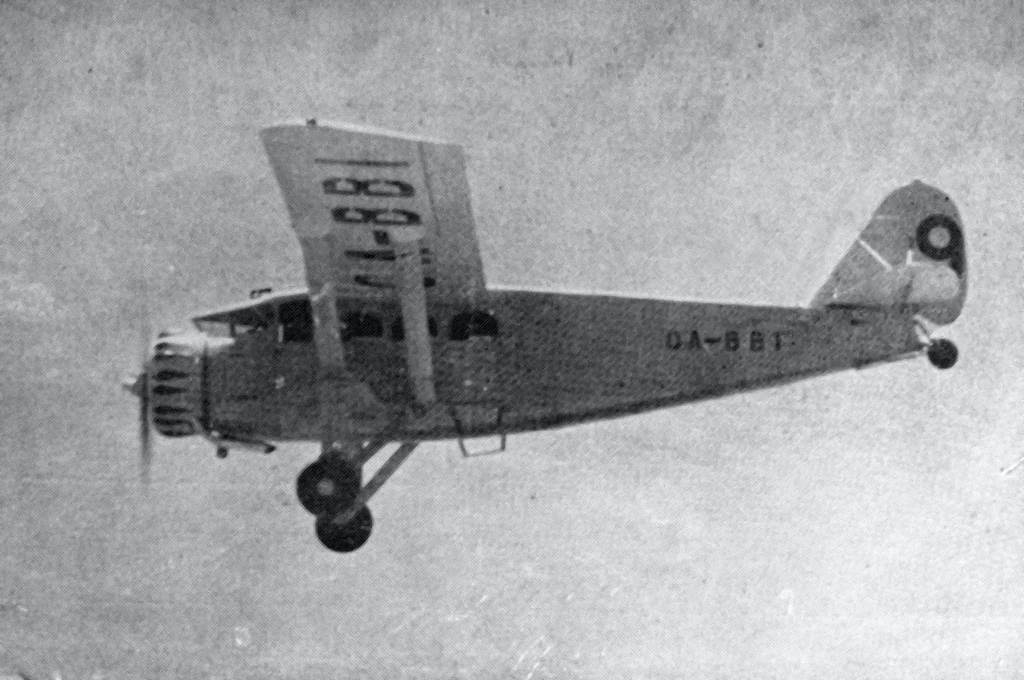
The Stinson-Faucett F-10
The Cía. de Aviación Faucett engineering department, following the company requirements for a larger, stronger SM-1, easy to build and maintain, designed a new, seven-seat light transport based on the proven Stinson SM-6B “Detroiter”. In fact, the very first “Peruvian” Stinson was an SM-6B2, acquired by Faucett in 1934 along with the license to produce the type locally. This airframe was heavily modified in the company workshops at Santa Cruz airfield, in Miraflores, in late 1934. The resulting aircraft, identified with Peruvian civil registry OA-BBI and individual company number “9”, conducted its first flight in early February 1935.
Officially identified as the Stinson-Faucett F-10, this modified SM-6B featured a deepened and widened fuselage, with increased wingspan and a slightly larger fuselage than the original aircraft and featured a number of improvements regarding the original aircraft. It was powered by a more powerful Pratt & Whitney S1H1-G “Wasp” delivering 600hp radial engine in place of the original Pratt & Whitney R-1340 “Wasp C” of 420hp engine from its predecessor. Also, while the converted aircraft had the same mixed fuselage structure of the SM-6B, it featured a wider and deeper fuselage and a new, reinforced, landing gear, also fitted with “bush” type tires, more suitable for the poorly prepared airfields available at the time in Peru. The modifications allowed the Stinson-Faucett F.10 to carry seven passengers or a total of 550 kg of cargo.
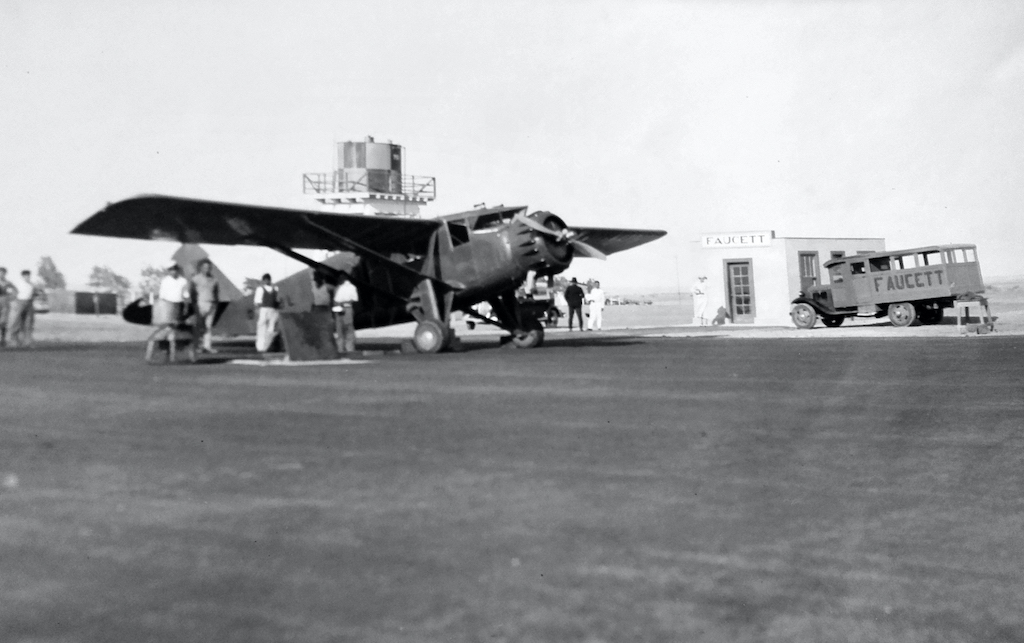
An interesting detail worth mentioning is that this first machine featured a canopy frame similar to that of the Vultee V-1A, while subsequent F-10s featured a more conventional canopy layout.
Faucett works at Santa Cruz began production of the F-10 in mid-1935 and lasted until 1939, when production of the type ceased and gave place to the next variant – the F-19, twelve units had been delivered to the company. The known civil registers, as well as the individual and construction numbers for the F-10s were the following:
- OA-BBI (9) (modified SM-6B)
- OA-BBJ (10) c/n 1
- OA-BBK (11) c/n 2
- OA-BBL (12) c/n 3
- OA-BBM (13) c/n 4
- OA-BBN (14) c/n 5
- OA-BBO (15) c/n 6
- OA-BBP (16) c/n 7
- OA-BBQ (17) c/n 8
- OA-BBR (18) c/n 9
- OA-BBS (19) c/n 10
- OA-BBT (20) c/n 11
At 00:22 hrs of March 27, 1937 a modified F-10 identified with serial OA-BBQ and company number N°17 took off from Limatambo international airport at the hands of Lieutenant Colonel Armando Revoredo Iglesias on a long distance “Raid” between the cities of Lima and Buenos Aires. Revoredo´s first stop of was the city of Santiago de Chile, where the aircraft was refueled, heading south west afterwards, crossing the Andes mountain range and arriving to El Palomar airport nearly 13 hours and 3,300 kilometers later. It is worth noticing that Lt.Cmdr. Revoredo had experience in long range navigation, and in 1935 he had successfully accomplished a long distance flight from Lima to Bogota aboard a specially modified Travel Air 6000B loaned by the Cuerpo de Aviación del Perú and modified by Cía. de Aviación Faucett S.A.
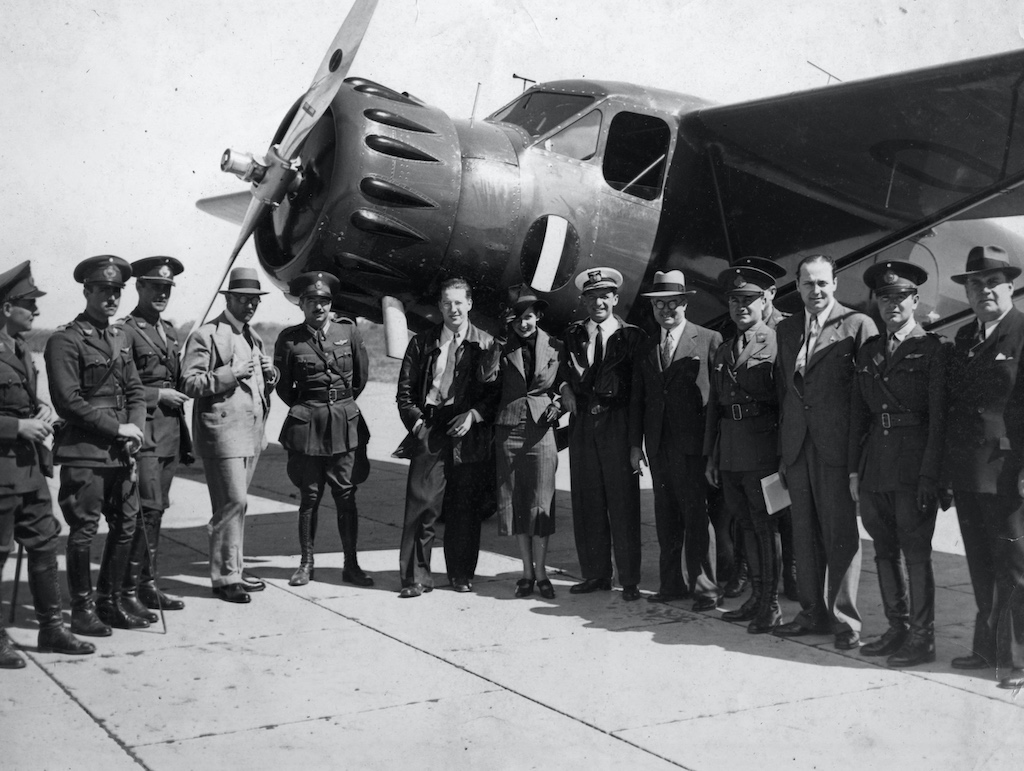
After attending numerous ceremonies and meetings held in his honor by the Argentinean government in Buenos Aires, Revoredo seize the opportunity and flew to Montevideo, Uruguay’s capital, on April 15, before returning to Lima where he arrived on April 17, 1937, landing at Limatambo international airport amid a large crowd gathered to celebrate his much publicized flight.
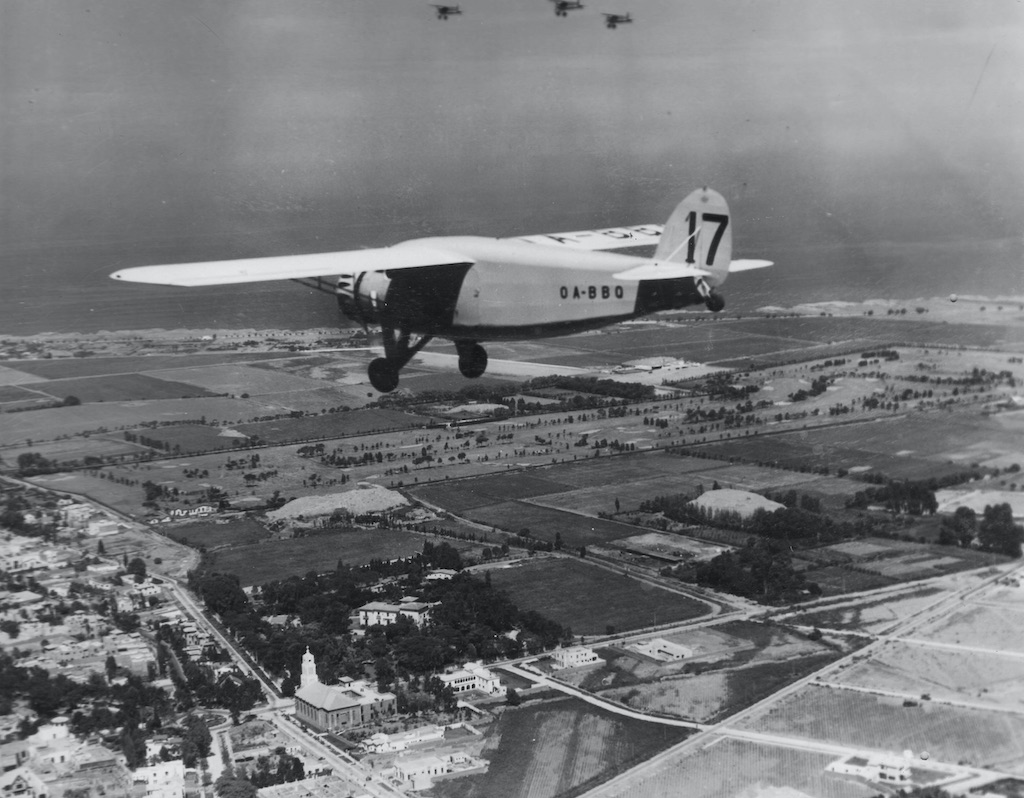
Operational losses
On the morning of September 15, 1937, during a flight to Arequipa the Stinson Faucett F-10 identified with civil registry OB-BBR3, company number N°18, crashed against a hill near Atocongo, a few kilometers east from Las Palmas, after running into low mist shortly after takeoff, killing all aboard.
Another Cía. de Aviación Faucett S.A aircraft would be also tragically lost on September 18, 1944, when F-10 serial OB-BBJ-2614 crashed against a hill near Punta Chao, in Ancash, Bad weather was again the chief culprit for this accident, which took place about 400km north of Lima while the aircraft was traveling on a scheduled service from Lima to Chiclayo. Five passengers and the sole crew member were killed in the crash. It is worth notice that this was the very F-10 series aircraft, not an SM-6B conversion.
The last Cía. de Aviación Faucett S.A. F-10 loss took place on June 24, 1945 when aircraft serial OB-BBP crashed near the town of Motupe, located around 1000km northeast of Lima, due to a pilot error with no survivors.
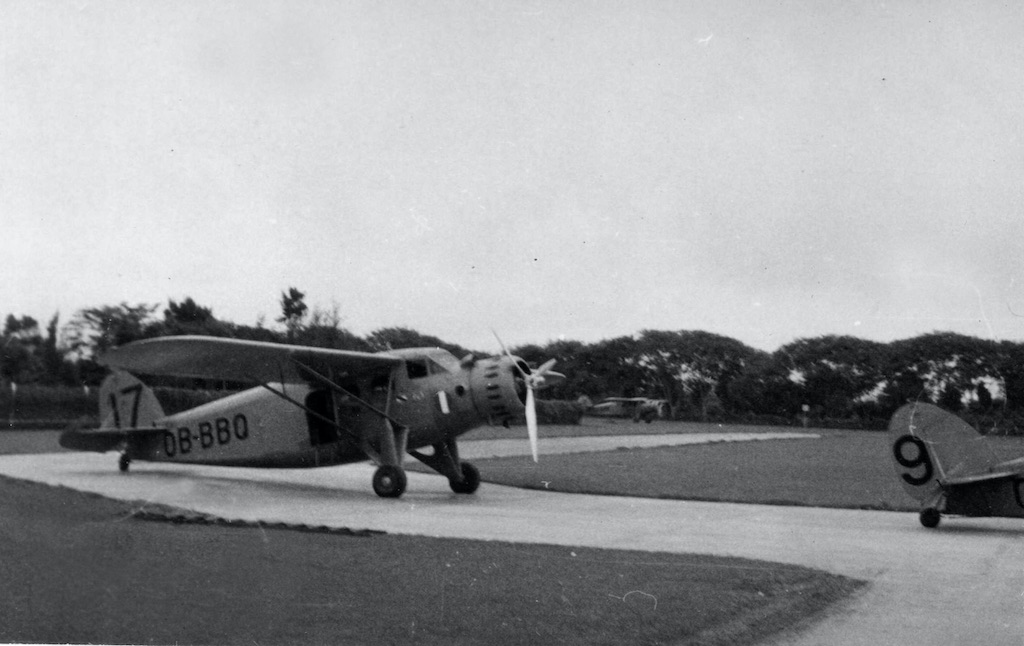
The Stinson-Faucett F-19
The F-19 was the next variant to be introduced and incorporated a few modifications inspired by operational experiences and increased requirements. The fuselage was extended from the original 34’4″ to 38’8″ while wingspan also increased from 52’8” to 58’0″. In order to increase longitudinal stability a larger tail section was designed and introduced. Two versions were produced: a conventional landing gear transport powered by a Pratt & Whitney Wasp S1H1-G 600hp engine, and a floatplane transport, fitted with large EDO floats, powered by a more powerful Pratt & Whitney Hornet 875 hp radial engine.
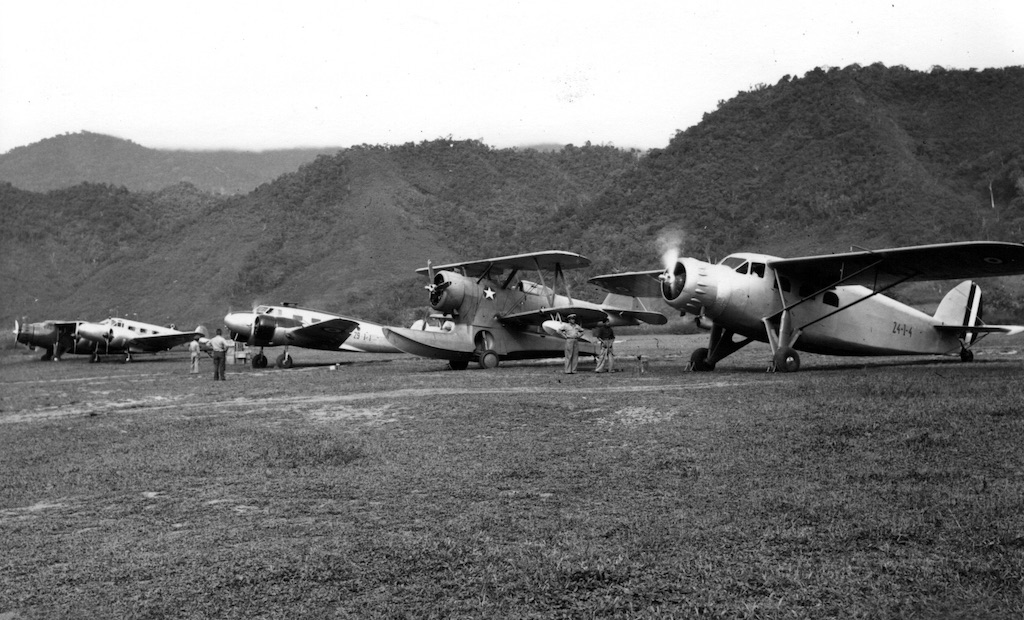
The Cuerpo Aeronáutico del Perú was the only customer of the type, ordering a total of six F-19s, three with conventional landing gear and the rest equipped with floats , which were assigned to the following units:
- 24 Escuadrón de Transporte, based at the “Teniente Humberto Torres Matos” Air Base located in Limatambo international airport, and equipped with three aircraft.
- 54 Escuadrón de Transporte, based at the “Teniente Gustavo Cornejo” Air Base in Iquitos, with three F-19s, float-equipped for operations in the Amazon jungle.
After 1946, all the Stinson-Faucett F-19s operated by the CAP were placed under the command of Transportes Aéreos Militares (TAM), an state-owned airline operating within the recently activated 41 Escuadrón de Transporte.
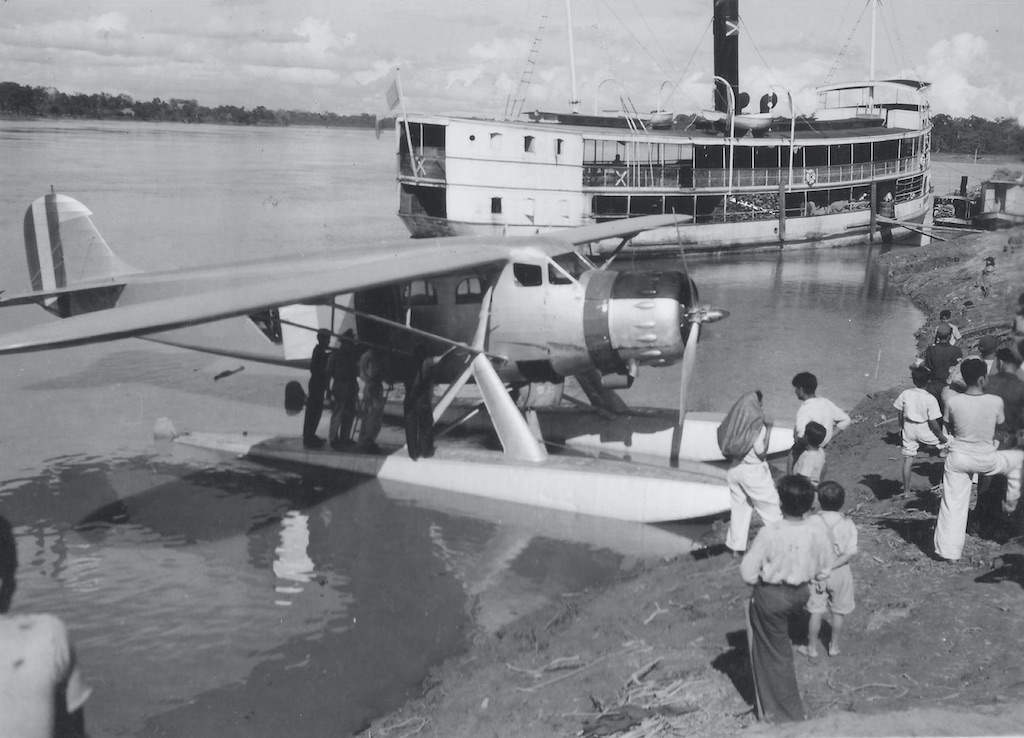
In total, production of the Stinson-Faucett F-10 / F-19 airplanes reached 36 airframes during ten years of continued production, with the last machine – an F-19 ordered by the CAP – rolling out from the factory in late 1946.
Operational losses
The first F-19 loss was recorded on September 8, 1941, when a Stinson-Faucett from 24 Escuadrón de Transporte crash landed during a flight from Chiclayo to Lima due to an engine failure. Fortunately, no human losses were recorded.
An F-19 identified with civil registry OB-PAF-1335 flown by CAP Captain Rafael León de la Fuente, a seasoned pilot, veteran of the 1941 conflict between Peru and Ecuador, was lost on September 10, 1945 with all souls onboard after crashing against a mountain near the town of Pinra, in Huanuco (central Andes mountain range) during bad weather. Another tragic incident took place short time later on October 24, when F-19 OB-PAG-1396 crashed near Tarapoto, shortly after takeoff, taking the lives of its five occupants.
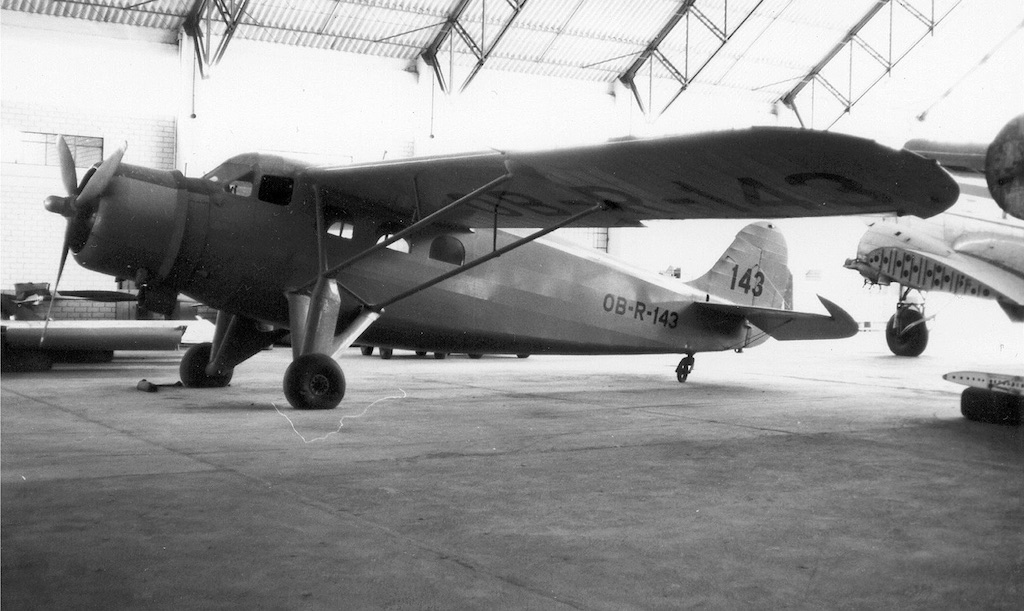
Technical Information
SM-1F General characteristics:
The Stinson SM-1F Detroiter was a more powerful variant of the SM-1 fitted with the 300hp Wright J-6 radial engine. A high-wing braced monoplane with a steerable tailwheel, could be equipped with either conventional landing gear or floats. It had a mixed fuselage construction composed of welded chrome molybdenum steel tube fuselage frame and tail section, covered by aluminum and fabric, and wings made out of a mix of spruce, plywood and aluminum, covered in fabric.
Crew: 1
Load: 6 passengers or 500 kg
Length: 32 ft 0 in (9.75m)
Wingspan: 46 ft 8 in (14.22 m)
Powerplant: 1 Wright J-6 300hp radial engine
Maximum speed: 132 mph (212 km/h)
F-10 General characteristics:
Crew: two
Load: 7 passengers or 500 kg
Length: 34’4″
Wingspan: 52’8”
Height: 4.35 m / 14 ft 3¼ in
Empty weight: 2580 kg / 5688 lb
Gross weight: 4110 kg / 9061 lb
Powerplant: Pratt & Whitney S1H1-G “Wasp” 600 hp radial engine
Maximum speed: 290 km/h (180 mph)
Service ceiling: 6705 m (22,000 ft)
F-19 General characteristics:
Crew: Two
Capacity: Seven passengers plus 650 lb load or 700kg of cargo
Wingspan: 17.8 m / 58 ft 0¾ in
Length: 11.786m / 38 ft 8 in
Height: 4.35 m / 14 ft 3¼ in
Empty weight: 2580 kg / 5688 lb
Gross weight: 4110 kg / 9061 lb
Powerplant:
Floatplane: 1 x 875hp Pratt & Whitney R-1690-52 “Hornet” 9 cylinder engine;
Landplane: 1 x 600hp Pratt & Whitney R-1340 S1H1-G. “Wasp”
Maximum speed: 290 km/h (180 mph)
Service ceiling: 6705 m (22,000 ft)
